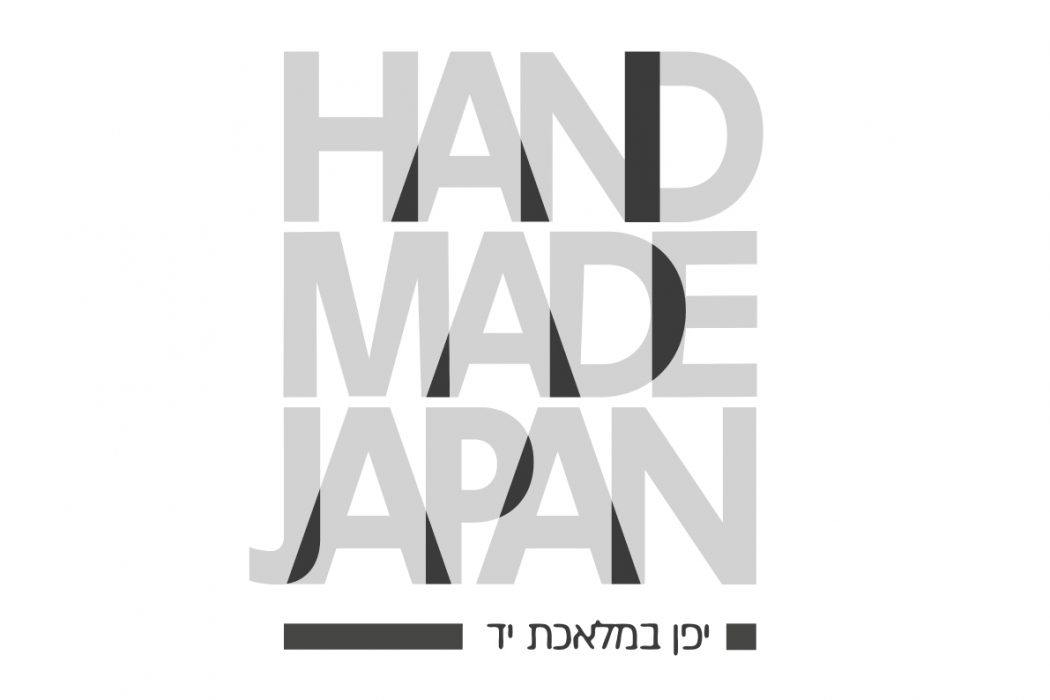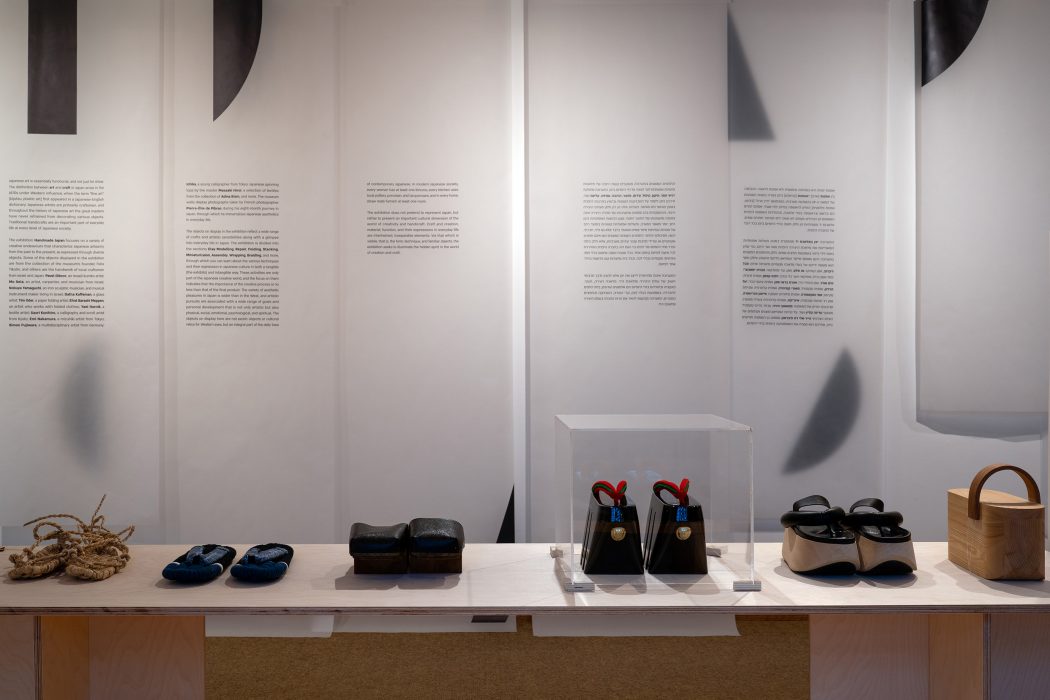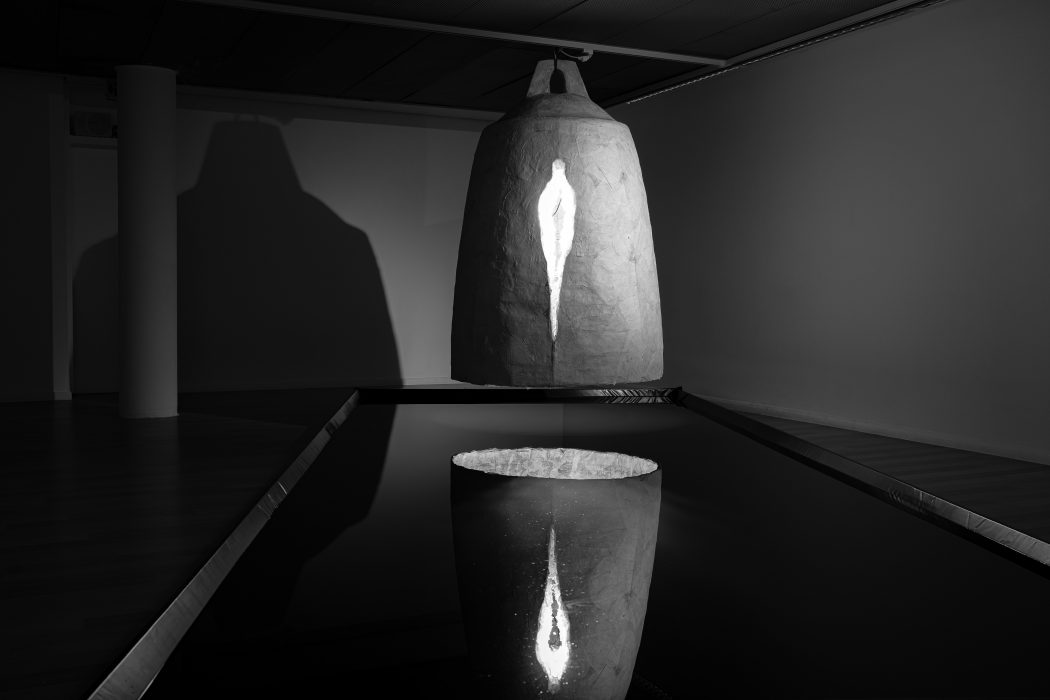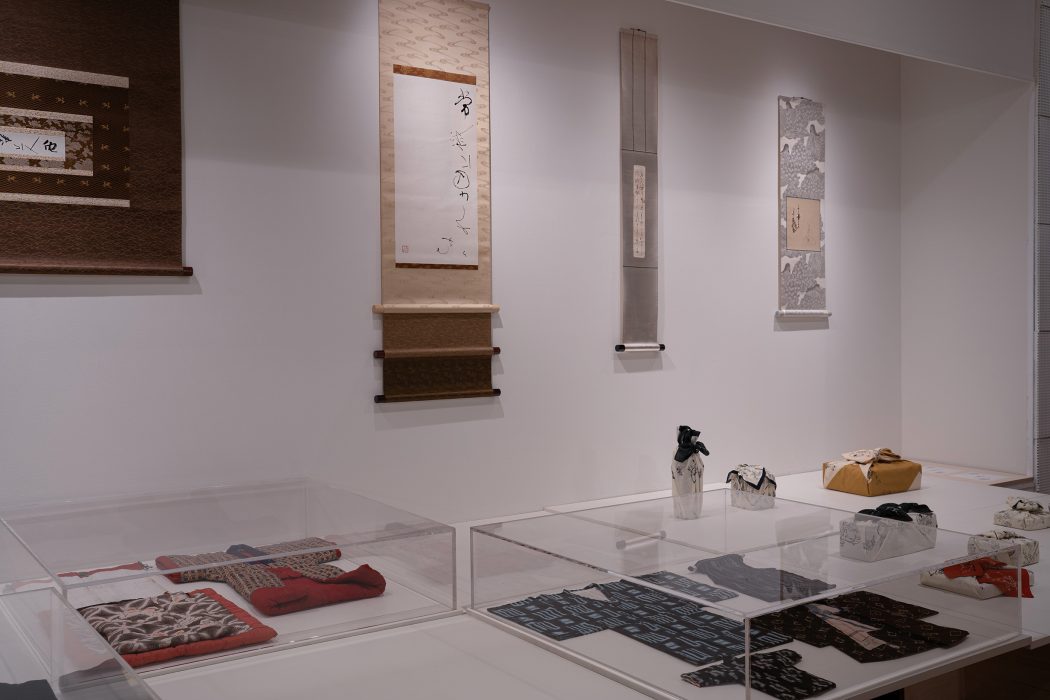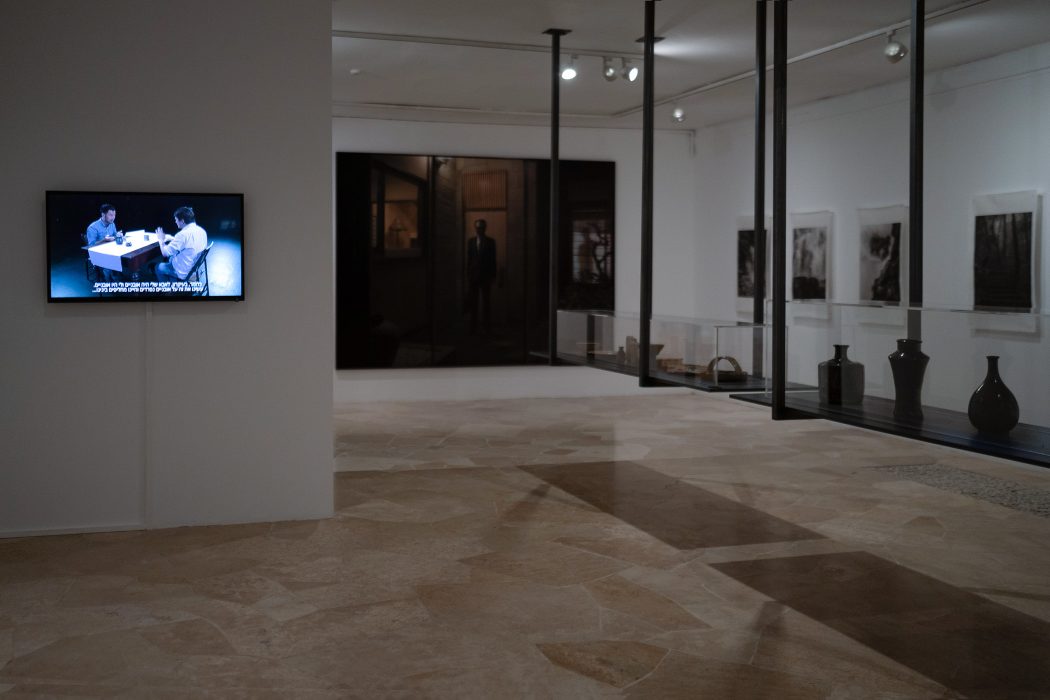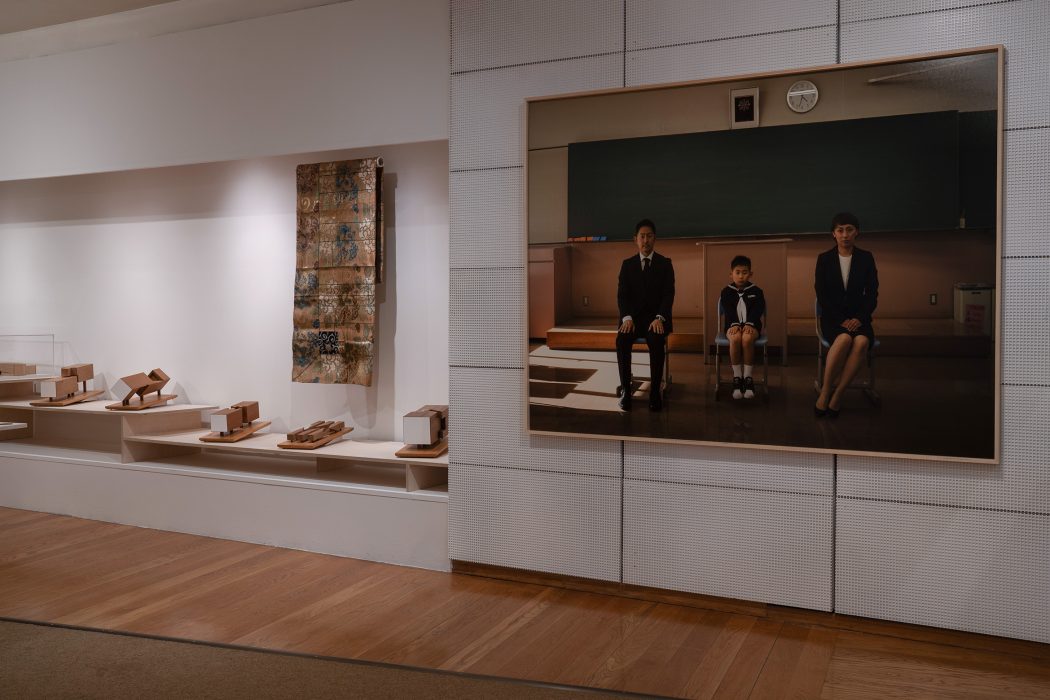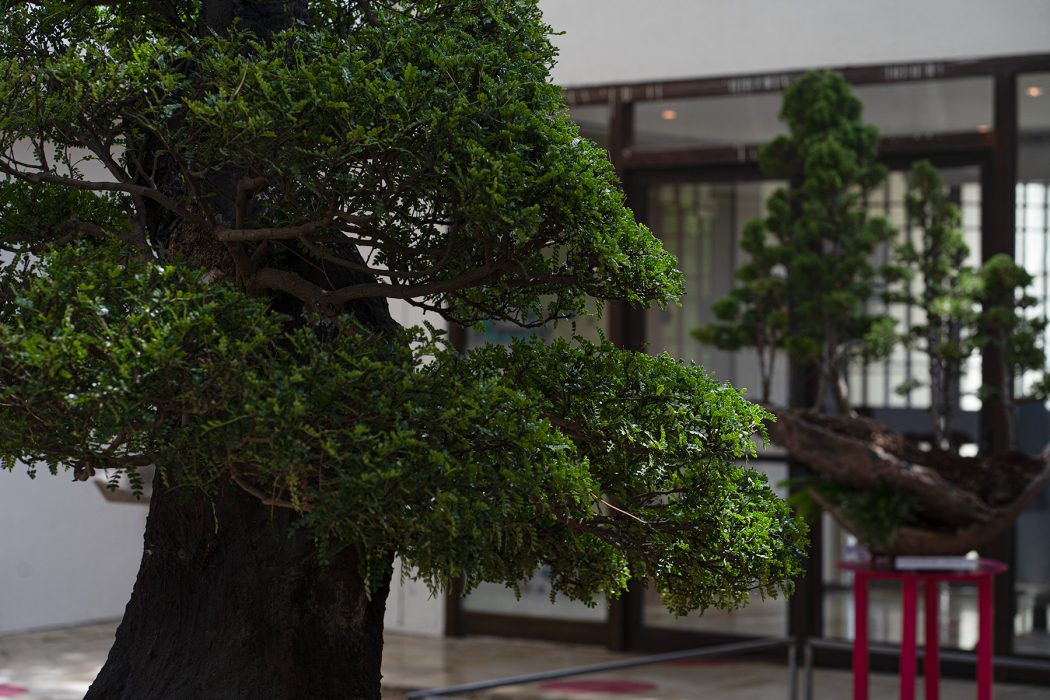イスラエルのティコティン日本美術館での展示がはじまりました。
4つの掛け軸の作品を出品しています。
An exhibition has opened at Tikotin Museum of Japanese Art in Israel.
Thank you very much for this wonderful opportunity.
I sincerely hope that cultural exchange between Israel and Japan will continue to deepen in the future. Wishing for peace in Israel.
——
HANDMADE JAPAN
July 12, 2025 – November 29, 2025
Tikotin Museum of Japanese Art
curator: Dr. Etty Glass Gissis
https://www.tmja.org.il/eng/Exhibitions/11651/HANDMADE_JAPAN
Japanese art is essentially functional, and not just for display. The distinction between art and craft in Japan arose in the 1870s under Western influence, when the term “fine art” (bijutsu, plastic art) first appeared in a Japanese-English dictionary. Japanese artists are primarily craftsmen, and throughout the history of Japanese art the great masters have never refrained from decorating various objects. Traditional handicrafts are an important part of everyday life at every level of Japanese society.
The exhibition “Handmade Japan” focuses on a variety of creative endeavours that characterize Japanese artisanry from the past to the present, as expressed through diverse objects. Some of the objects displayed in the exhibition are from the collection of the museum’s founder, Felix Tikotin, and others are the handiwork of local craftsmen from Israel and Japan: Pavel Dibrov, an Israeli kumiko artist (wooden objects decorated with or composed of small pieces of wood); Mo Sela, an artist, carpenter, and musician from Israel; Nobuya Yamaguchi, an iron sculptor, musician, and musical instrument maker living in Israel; Dafna Kafman, a glass artist; Tim Oder, a folding paper artist; Yael Harnik, a textile artist; Saori Kunihiro, a calligraphy and scroll artist from Kyoto; Emi Nakamura, a mizuhiki artist from Tokyo; Simon Fujiwara, a visual artist from Germany; Ichika Yoshida, a calligraphy artist from Tokyo; tops by the master Masaaki Hiroi and selected textile pieces from Adina Klein’s Collection among others. The museum walls display photographs taken by French photographer Pierre-Élie de Pibrac during his eight-month journey in Japan, through which he immortalizes Japanese aesthetics in everyday life.
The objects on display in the exhibition reflect a wide range of crafts and artistic sensibilities along with a glimpse into everyday life in Japan. The exhibition is divided into the sections “Clay Modelling”, “Repair”, “Connection and Assembly”, “Folding, Wrapping, Layering, and Stacking”, and “Minimization and Expansion”, through which you can learn about the various techniques and their expression in Japanese culture in both a tangible (the exhibits) and intangible way. These activities are only part of the Japanese creative world, and the focus on them indicates that the importance of the creative process is no less than that of the final product. The variety of aesthetic pleasures in Japan is wider than in the West, and artistic pursuits are associated with a wide range of goals and personal development that is not only artistic but also physical, social, emotional, psychological, and spiritual. The objects on display here are not exotic objects or cultural relics for Western eyes, but an integral part of the daily lives of contemporary Japanese. In modern Japanese society, every woman has at least one kimono, every kitchen uses local pottery, porcelain, and lacquerware, and in every home, tatami mats furnish at least one room.
The exhibition does not pretend to represent Japan, but rather to present an important cultural dimension of the world of creativity and handicraft. Craft and creation, material, function, and their expressions in everyday life are intertwined, inseparable elements. Via that which is visible, that is, the form, technique, and familiar objects, the exhibition seeks to illuminate the hidden spirit in the world of creation and craft.
—–
